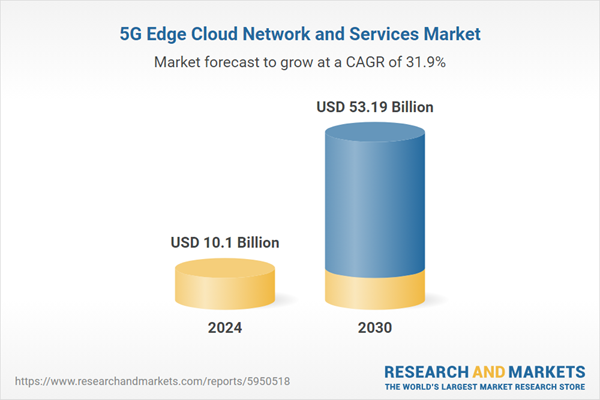Services is the fastest growing segment, Asia-Pacific is the largest market globally
Speak directly to the analyst to clarify any post sales queries you may have.
10% Free customizationThis report comes with 10% free customization, enabling you to add data that meets your specific business needs.
Key Market Drivers
The Global 5G Edge Cloud Network and Services Market is experiencing significant expansion, underpinned by substantial infrastructure investments. According to a release by RCR Wireless News, in March 2025, O2 Telefónica deployed 500 5G transmitters across Germany in the first quarter of the year, signifying a notable infrastructure buildout. A primary factor driving this market is the escalating demand for ultra-low latency and real-time data processing. Applications in autonomous systems, industrial automation, and extended reality critically depend on instantaneous data processing for operational efficiency.Key Market Challenges
A significant challenge for the Global 5G Edge Cloud Network and Services Market is the substantial initial capital expenditure required for deploying and maintaining extensive 5G and edge computing infrastructure. This considerable investment burden directly hampers market expansion by elevating financial risks for telecommunication operators and other potential stakeholders. The high costs associated with acquiring spectrum, rolling out dense 5G networks, and establishing distributed edge data centers can deter new entrants and slow down the pace of deployment for existing players.Key Market Trends
The increased integration of Artificial Intelligence and Machine Learning at the edge represents a significant evolution in the Global 5G Edge Cloud Network and Services Market. This trend moves advanced analytical capabilities closer to data sources, enabling real-time intelligent decision-making and pattern recognition without constant reliance on centralized cloud infrastructure. According to a 5G Americas white paper published in June 2025, referencing GSMA data, AI is projected to add between 20% and 80% additional traffic to mobile networks beyond current forecasts, depending on the adoption trajectory.Key Market Players Profiled:
- Equinix, Inc.
- Huawei Technologies Co., Ltd.
- Nokia Corporation
- Cisco Systems, Inc.
- Samsung Electronics Co., Ltd.
- Intel Corporation
- Qualcomm Technologies, Inc.
- AT&T Inc.
- Verizon Communications Inc.
- IBM Corporation
Report Scope:
In this report, the Global 5G Edge Cloud Network and Services Market has been segmented into the following categories:By Solution:
- Hardware
- Services
- Platforms
By Organization:
- SMEs
- Large Enterprises
By Region:
- North America
- Europe
- Asia Pacific
- South America
- Middle East & Africa
Competitive Landscape
Company Profiles: Detailed analysis of the major companies present in the Global 5G Edge Cloud Network and Services Market.Available Customizations:
With the given market data, the publisher offers customizations according to a company's specific needs. The following customization options are available for the report:- Detailed analysis and profiling of additional market players (up to five).
This product will be delivered within 1-3 business days.
Table of Contents
Companies Mentioned
- Equinix, Inc.
- Huawei Technologies Co., Ltd.
- Nokia Corporation
- Cisco Systems, Inc.
- Samsung Electronics Co., Ltd.
- Intel Corporation
- Qualcomm Technologies, Inc.
- AT&T Inc.
- Verizon Communications Inc.
- IBM Corporation
Table Information
| Report Attribute | Details |
|---|---|
| No. of Pages | 181 |
| Published | November 2025 |
| Forecast Period | 2024 - 2030 |
| Estimated Market Value ( USD | $ 10.1 Billion |
| Forecasted Market Value ( USD | $ 53.19 Billion |
| Compound Annual Growth Rate | 31.9% |
| Regions Covered | Global |
| No. of Companies Mentioned | 10 |









